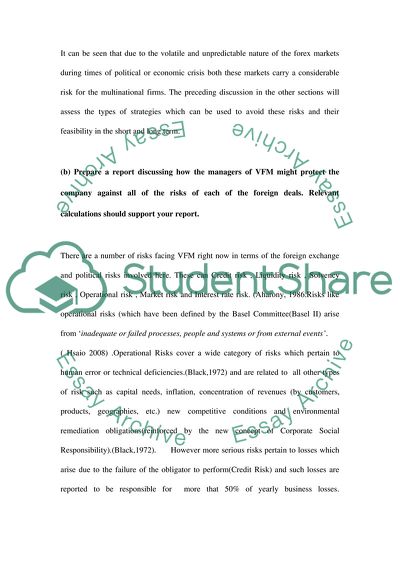Cite this document
(International Corporate Finance Evaluation Essay, n.d.)
International Corporate Finance Evaluation Essay. https://studentshare.org/finance-accounting/1713995-international-corporate-finance
International Corporate Finance Evaluation Essay. https://studentshare.org/finance-accounting/1713995-international-corporate-finance
(International Corporate Finance Evaluation Essay)
International Corporate Finance Evaluation Essay. https://studentshare.org/finance-accounting/1713995-international-corporate-finance.
International Corporate Finance Evaluation Essay. https://studentshare.org/finance-accounting/1713995-international-corporate-finance.
“International Corporate Finance Evaluation Essay”. https://studentshare.org/finance-accounting/1713995-international-corporate-finance.


